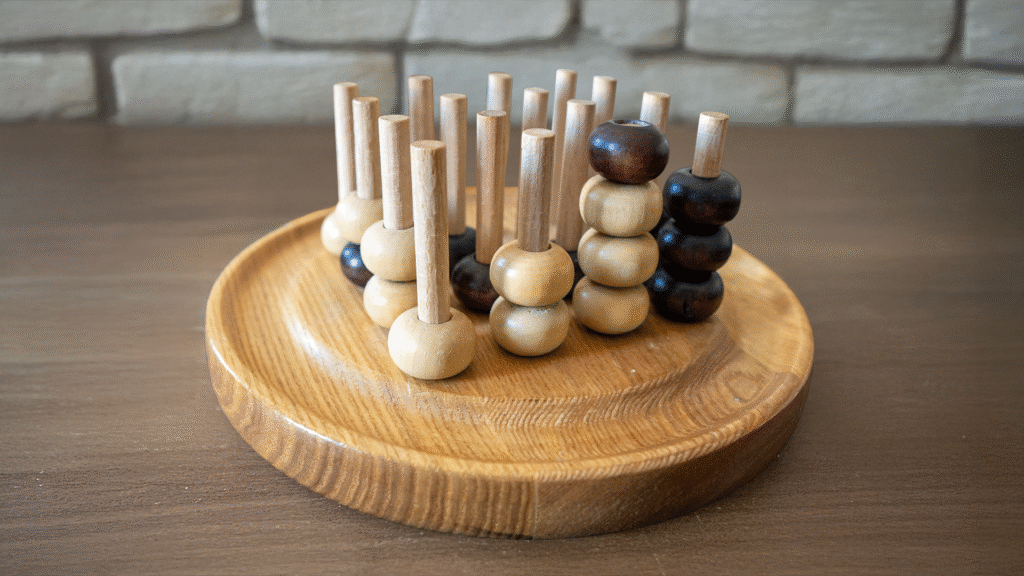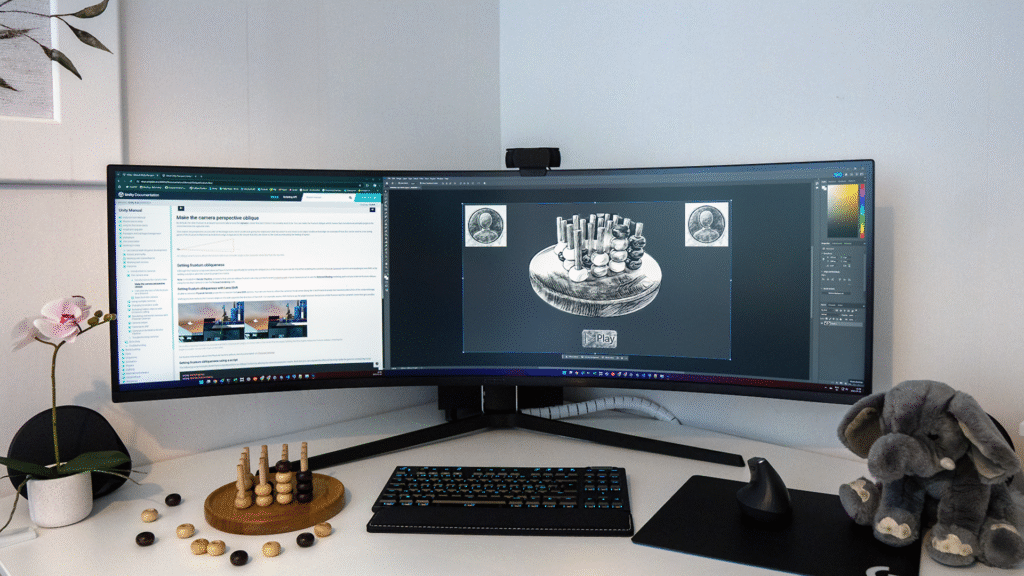The past three months have been intense – and incredibly rewarding. In this first post, I want to share a bit about what’s happened so far, what I’ve been learning, and why I’m now ready to begin developing the biggest game project I’ve ever taken on: Connect 3D.
Three Months of Learning and Preparation
This winter, I’ve focused on building up the knowledge I need to take Connect 3D from concept to completed product – both technically and from a business standpoint.
On the technical side, I’ve invested significant time deepening my skills in:
- Android and iOS development – the game needs to run smoothly on both phones and tablets, and be easily accessible via the respective app stores.
- Unity 3D – I’m committed to making this a 3D game and Unity offers the flexibility and power needed for the client.
- Client/server and network architecture – the vision is a multiplayer game with a lightweight client and a robust server handling business logic and data storage.
- Containers and Kubernetes – to support a scalable and modern backend infrastructure.
- Microservices – the backend will consist of loosely coupled, independently deployable services.
- Azure – the public-facing server environment will be hosted in Microsoft Azure.
- Databases – specifically PostgreSQL, which I plan to use for persistent storage.
- GitHub – for managing the source code, project planning and project tracking.
- DevOps practices – including CI/CD pipelines for automated building, testing and deployment.
- AI – learning how to use AI tools effectively to work smarter and accelerate development.
On the business side, I’ve taken introductory courses in business management and economics. I’ve also registered a limited company, Calilynx Studios AB, to serve as the legal entity behind the game. I don’t plan to run the business full-time – it’ll remain more of a hobby-level commitment after the game’s release – but it’s still important to me that Connect 3D has a formal structure and a clear home.
What is Connect 3D?

Connect 3D is a 3D multiplayer version of Connect Four, played on a simple wooden board. The concept may be familiar, but the ambition behind it is to create a seamless multiplayer experience where players can engage in multiple matches simultaneously with people from around the world.
While the game mechanics are intentionally minimal, the real complexity lies in the infrastructure that powers it – ensuring smooth, real-time interaction across many concurrent games. That means building reliable network synchronization, efficient client-server communication, and a backend architecture that scales gracefully.
So why a game? Because games are the ultimate test – of both user experience and tech. If something’s off, you feel it right away. Connect Four in 3D is also a very fun and challenging game to play, and surprisingly there are very few, if any, versions of it available on iOS or Android.
I intentionally avoid naming the game Connect Four 3D since I might add other board sizes and play modes in later versions of the game.
The Road Ahead: 6 + 3 Months
The project will move forward in two distinct phases:
🛠️ Development Phase (6 Months)

Throughout spring and summer, I’ll focus on four main components, basically developed in stages:
- The game in Unity – including 3D graphics, core game logic and user interface.
- A microservice-based backend – handling accounts, matchmaking, real-time data and more.
- A public server environment in Azure – designed to scale automatically under load.
- General polish and improvement – including performance, visual tweaks and testing with invited but still real players.
🚀 Launch Phase (3 Months)
Connect 3D will be released this autumn which also kicks off a launch phase, less intensive than the development:
- First, a public release in both Google Play Store and Apple App Store.
- Some kind of marketing project – I’m still figuring that part out.
- Bug fixing (hopefully very few… 🙂) and small improvements based on feedback from real players around the world.
The goal isn’t just to launch a game that works – but one that people want to return to. A living platform that can be reused for future games as well, rather than a one-off product.

I’ll be sharing updates every other week here on the blog as development progresses. It’s going to be challenging, frustrating, exciting and (hopefully) deeply rewarding. And in the end – something truly great.
– Elena
